Coffee treatment | what is Simon's special treatment? Essegugu Adora coffee bean watermelon flavor
In the current wave of post-treatment, there are more and more coffee beans with special treatment, and the classification between treatments is becoming more and more detailed. And Simon's special treatment introduced today is also a very interesting treatment. Let's first take a look at the appearance of coffee beans.
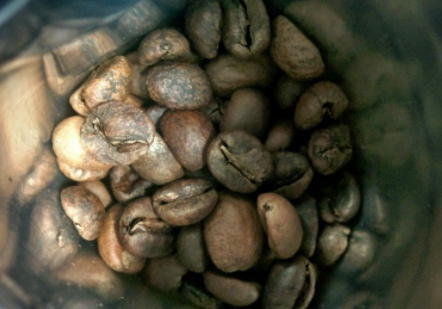
When you see such coffee beans, you may think that they are defective beans, uneven in color and ugly in appearance. In fact, beans can not be looked at, such ugly coffee beans bring watermelon soda, guava and other explosive fruit flavor, especially watermelon flavor, is a rare flavor in coffee.
Simon Abai (Semeon Abay)
First of all, I would like to introduce Mr. Semeon Abay, the founder of Simon's special treatment. He has an extraordinary life. He is an Ethiopian. When he was young, he majored in film and worked as a film actor. Later, he went to the United States and became the chief baker of Novo. In the heyday of his career, but unfortunately suffering from cancer, the doctor declared that there was no cure, had to return from the United States to Ethiopia, waiting for the end of life, unexpectedly miraculously survived.
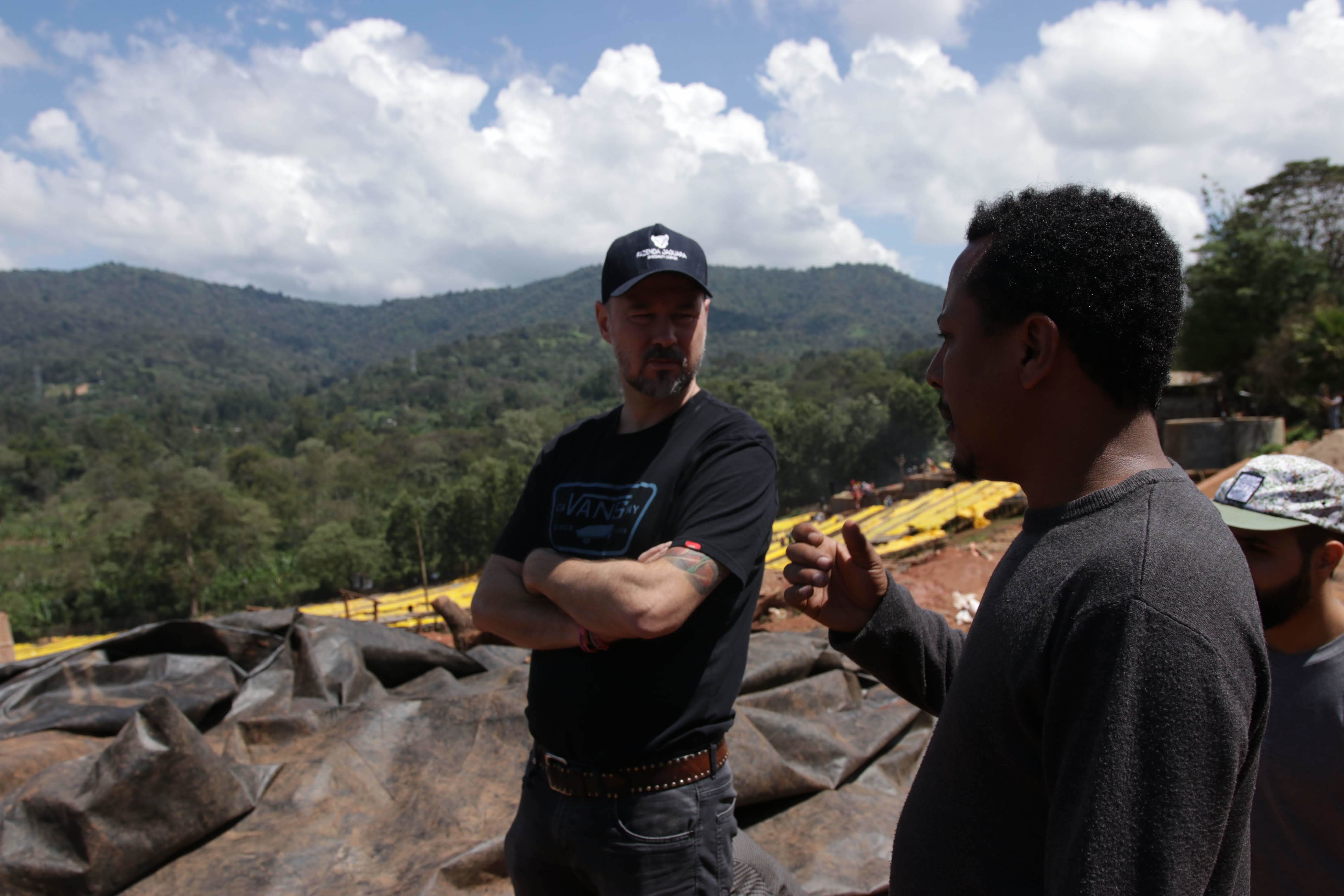
Later, he continued to work for Ninety Plus (90 +) in Ethiopia, and in 2013, he began to deal with Nekisse (Honey Kiss) in a bold experimental spirit, and as a result, he outperformed other Nienty Plus coffee beans in the cup test.
With his talent and acquired diligence, he conducted in-depth research and experiments on the way coffee was handled. The process of coffee fruit screening, fermentation, drying and other aspects are well known. Also developed a unique coffee treatment method-Simon special treatment.
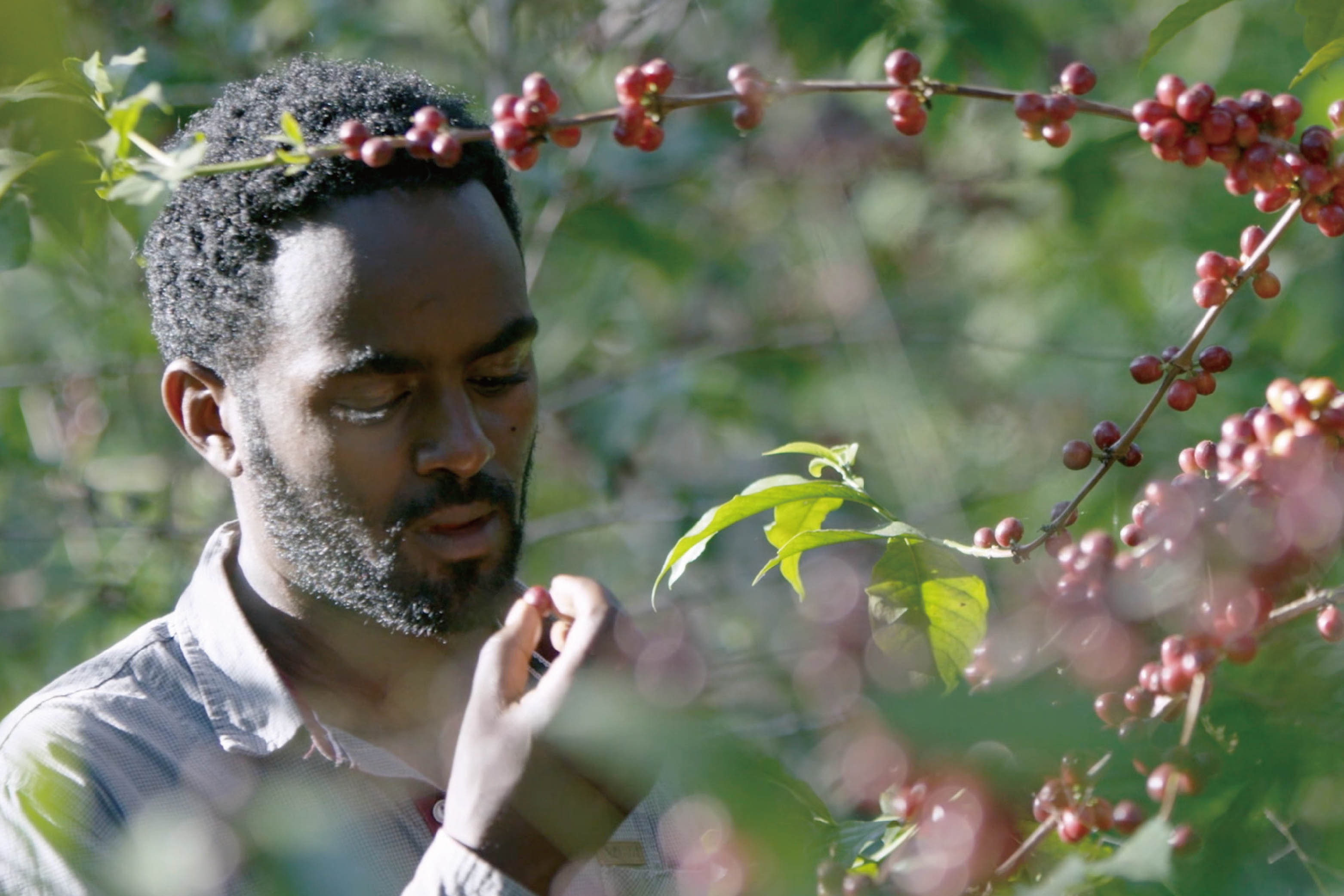
Simon's special treatment
This treatment is also known as "bagged fermentation" (Bag Fermentation). Coffee fruits are selected from the Guji region of Ethiopia and are screened for bad fruit, immature fruit and foreign matter before treatment. Then put the fresh coffee fruit into a large plastic bag and turn the bag every 12 hours to turn the coffee at the bottom into coffee beans at the top. During this period, the air flow in the bag is strictly controlled, which promotes the growth of lactic acid bacteria and helps fermentation. After 5 days, put the fermented coffee on a dry drying bed to prevent overfermentation. This treatment is different from the anaerobic treatment on the market, which will bring more complex and rich fruit feeling to the coffee beans.
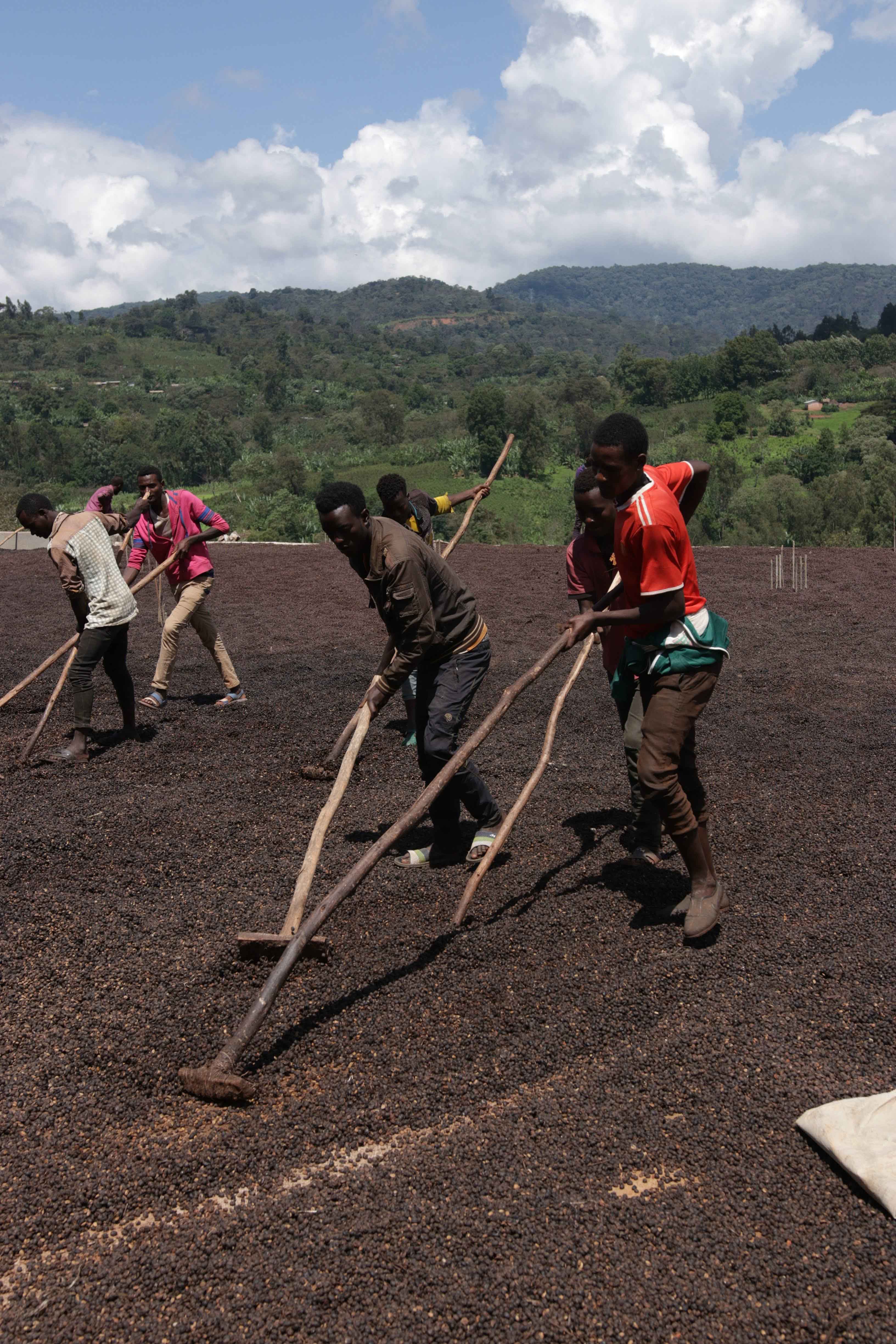
So why does this treatment make coffee beans unevenly colored or even a little ugly? The reason is that during the fermentation process in the bag, the degree of fermentation of the coffee beans in the top, bottom, four sides and middle of the bag is not the same, resulting in the uneven color of Simon's coffee beans. But Mr Simon does not regard these uneven coffee as "defects", but thinks that it is these coffee beans with different levels of fermentation that create coffee with rich layers, explosive fruit tone and high recognition.
Important Notice :
前街咖啡 FrontStreet Coffee has moved to new addredd:
FrontStreet Coffee Address: 315,Donghua East Road,GuangZhou
Tel:020 38364473
- Prev
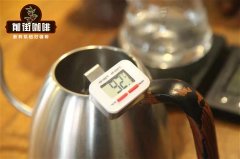
How to control the water temperature in hand-brewed coffee? Is the effect of 1 ℃ difference in water temperature really great?
The temperature of the water is one of the four elements of brewing, which can be said to have an important effect on the flavor of a cup of coffee. So how do we determine the temperature of the water we usually cook? The water temperature is generally recommended that the water temperature of hand-brewed coffee is between 86-93 ℃, in which 90-93 ℃ is recommended for light-roasted coffee and 86-89 ℃ for medium-and deep-roasted coffee
- Next
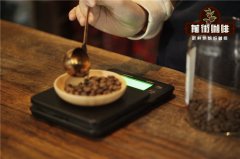
A detailed description of the parameters of Japanese-style iced hand-made coffee first or later
A few days ago, a guest asked how your ice hands make coffee. Is there any difference between adding ice first and adding ice later? In this issue, Qianjie will do an experiment to compare it, hoping to give you a reference. Qianjie ice hand brewing coffee parameters sharing Qianjie ice hand brewing coffee using 15g coffee powder, the ratio of powder to water is 1:10, that is, 15g coffee powder brewing 150g hot water, and then
Related
- Beginners will see the "Coffee pull flower" guide!
- What is the difference between ice blog purified milk and ordinary milk coffee?
- Why is the Philippines the largest producer of crops in Liberia?
- For coffee extraction, should the fine powder be retained?
- How does extracted espresso fill pressed powder? How much strength does it take to press the powder?
- How to make jasmine cold extract coffee? Is the jasmine + latte good?
- Will this little toy really make the coffee taste better? How does Lily Drip affect coffee extraction?
- Will the action of slapping the filter cup also affect coffee extraction?
- What's the difference between powder-to-water ratio and powder-to-liquid ratio?
- What is the Ethiopian local species? What does it have to do with Heirloom native species?

